
Two months ago, award-winning Nicoyan chef Daisy Barrantes opened a healthy and sustainable food window on the south side of the colonial church in Nicoya. She sells coffee, paninis on ciabatta bread, cakes made with whole wheat flour, oatmeal cookies, vegan lunches…and almost everything in cardboard, compostable and reusable containers so they don’t pollute the environment.
When Daisy stopped working in the hotel and catering industry and decided with her sister and two cousins to open a cafe, she wanted to give it a name that spoke of Nicoya and food. That’s how she arrived at Canelazul: canela (cinnamon) the ingredient and azul (blue) for the peninsula’s blue zone.
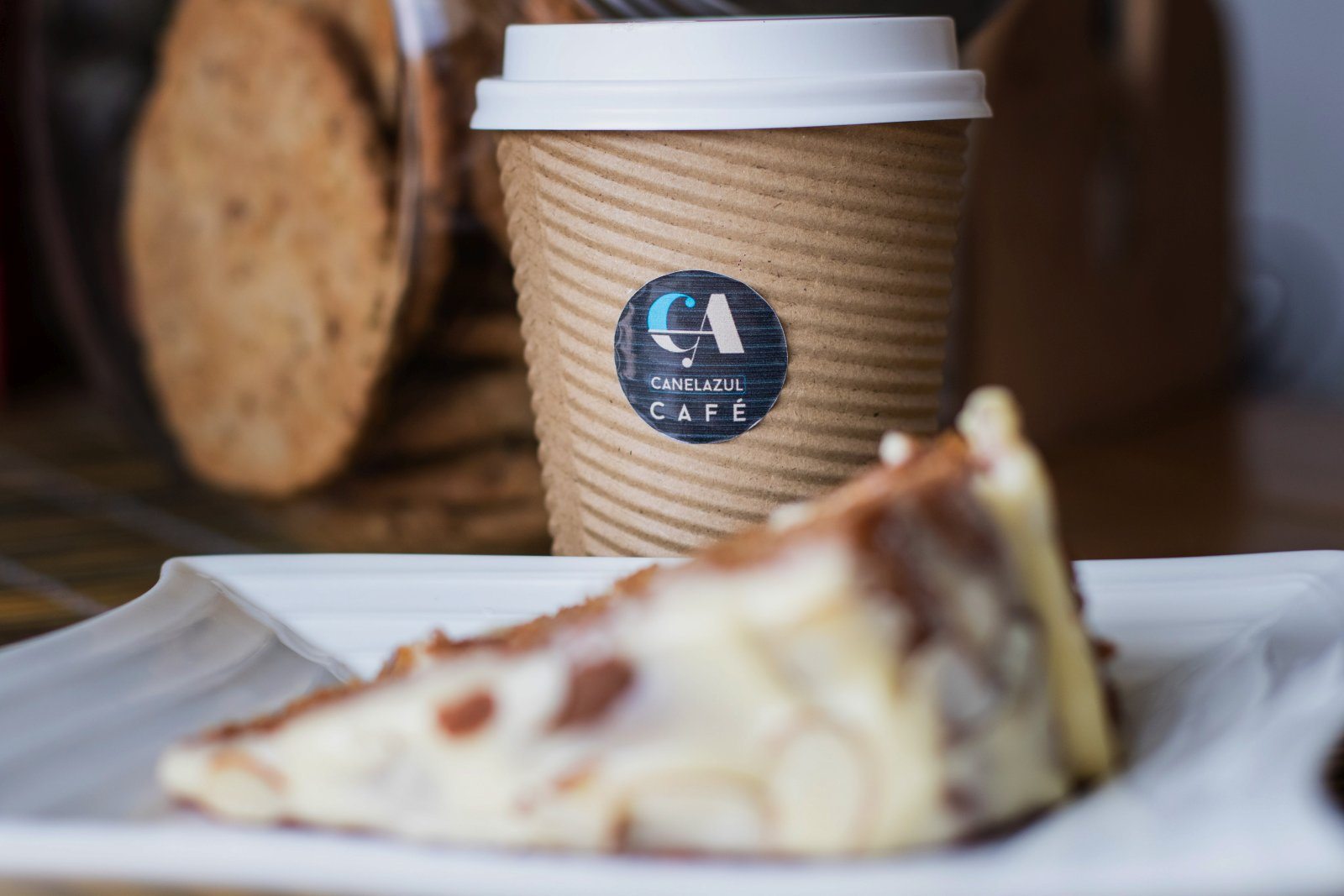
Longevity is a characteristic that could be at risk and she wants to help preserve it with healthy food full of antioxidants that helps those who live here to grow old, such as our elders (and not die before our time because of the levels of sugar and fat that we ingest everyday).
Canelazul transcends the traditional concept of a cafe that we are used to in Nicoya. It’s a new trend called sustainable gastronomy in which each dish has a human story behind it: like that of Mis Luz Mery that contributes the lettuce and arugula for the salads and paninis, or of Brenda Cárdenas what makes the gluten free muffins; the story of Mr. Bolívar that brings the orange juice from Hojancha and of Guanalettas who brings the ice cream.
“I would like for all my ingredients to come from Guanacastecan entrepreneurs,” says Daisy, who speaks fast as if she were trying to avoid forgetting something important. She started with all the entrepreneurs she could and assures that she pays them a price that’s a win-win for both.
One may think this food, unlike the traditional casado lunch or gallo pinto, would be much more expensive. But the price is pretty similar to other restaurants in Nicoya.
For example, the daily lunch special costs ¢4,500 ($8.00) and includes a natural drink and an appetizer (the average in downtown is around ¢4,000); a panini costs between ¢3,200 and ¢3,800 ($5.70 – $6.80), a small cappuccino is priced at ¢1,000 ($1.80) and a piece of carrot cake is ¢1,500 ($2.70).
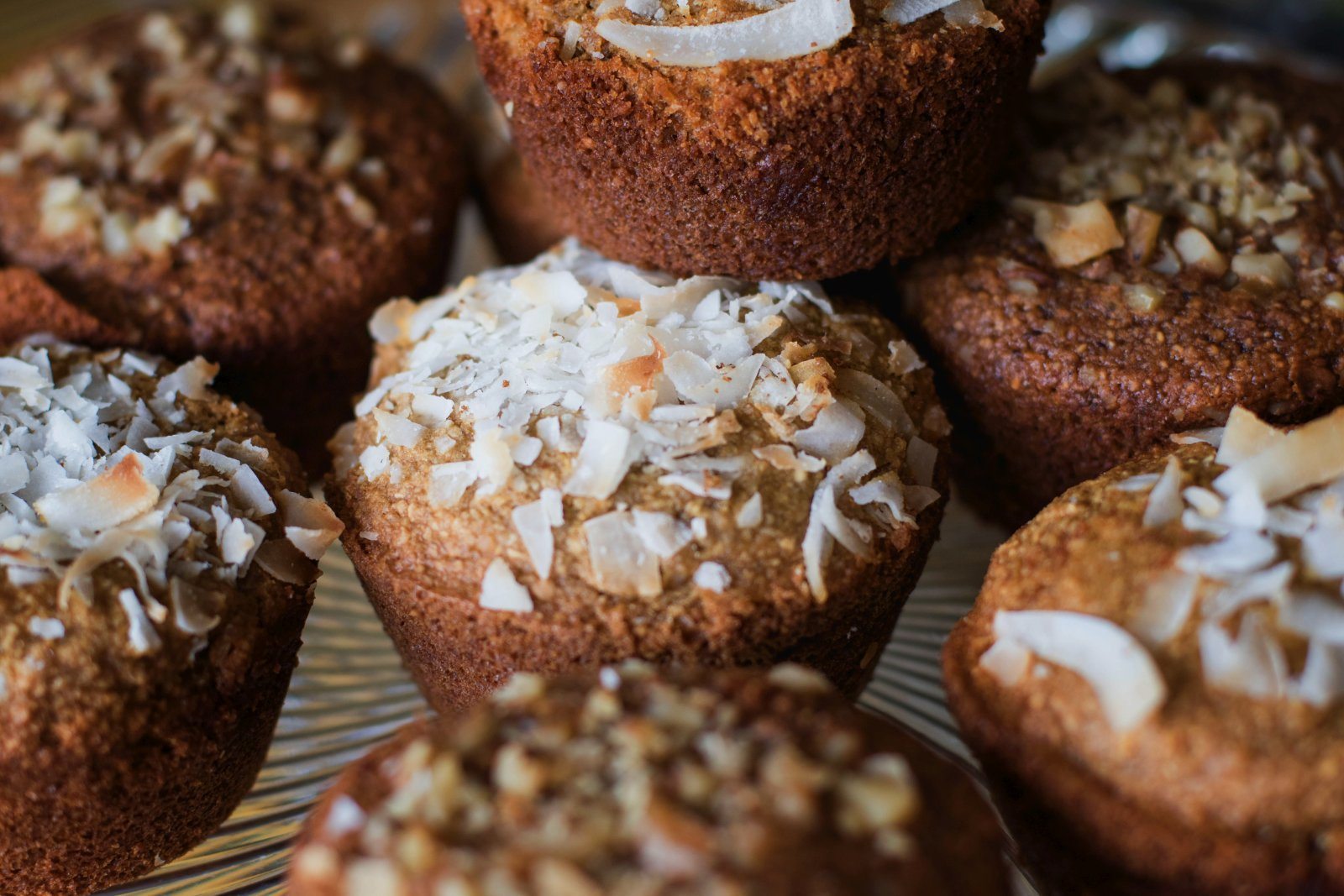
Do You Have a Craving?
The daily lunch special on the day we went to do the interview included a dairy-free cream of tomato soup, whole grain rice with dehydrated cranberries, chopped vegetables, quinoa salad with celery, cucumber and citrus dressing, pita bread and a beet drink.
Plastic art professor Óscar Arias, who was in the locale, also recommended that we try the breakfast wrap: a flour tortilla with gallo pinto, egg, mozzarella cheese and a yogurt dressing as a substitute for sour cream. This, in fact, is one of Canelazul’s all-star products.
We tried the black coffee – because if you want to know if coffee is good you have to try it black – and it has a slightly thick texture; it’s neither strong nor thin, but it is very aromatic. All their coffees are Britt brand. We have also eaten alfajores, with all the sweetness that characterizes them, and carrot cake, which is fluffy with flakes of carrots and sweet, but not too sweet. Be careful: the piece of cake is big and it could feed two people who don’t eat much.
Although it hasn’t been open for a long, Daisy says that it already has a very faithful clientele. It is clear to us that if someone in the future wants to know how sustainable food began in Guanacaste, they must study the story of this window.
- Address: South side of the colonial church, adjacent to the Venecia hotel
- The Good: They accept cards
- The Bad: Closed on Sundays, and in the afternoons the sun hits directly
- Hours: Monday to Saturday from 8am to 6pm.
Read Also: Why Is Living in Guanacaste Good For Your Health?


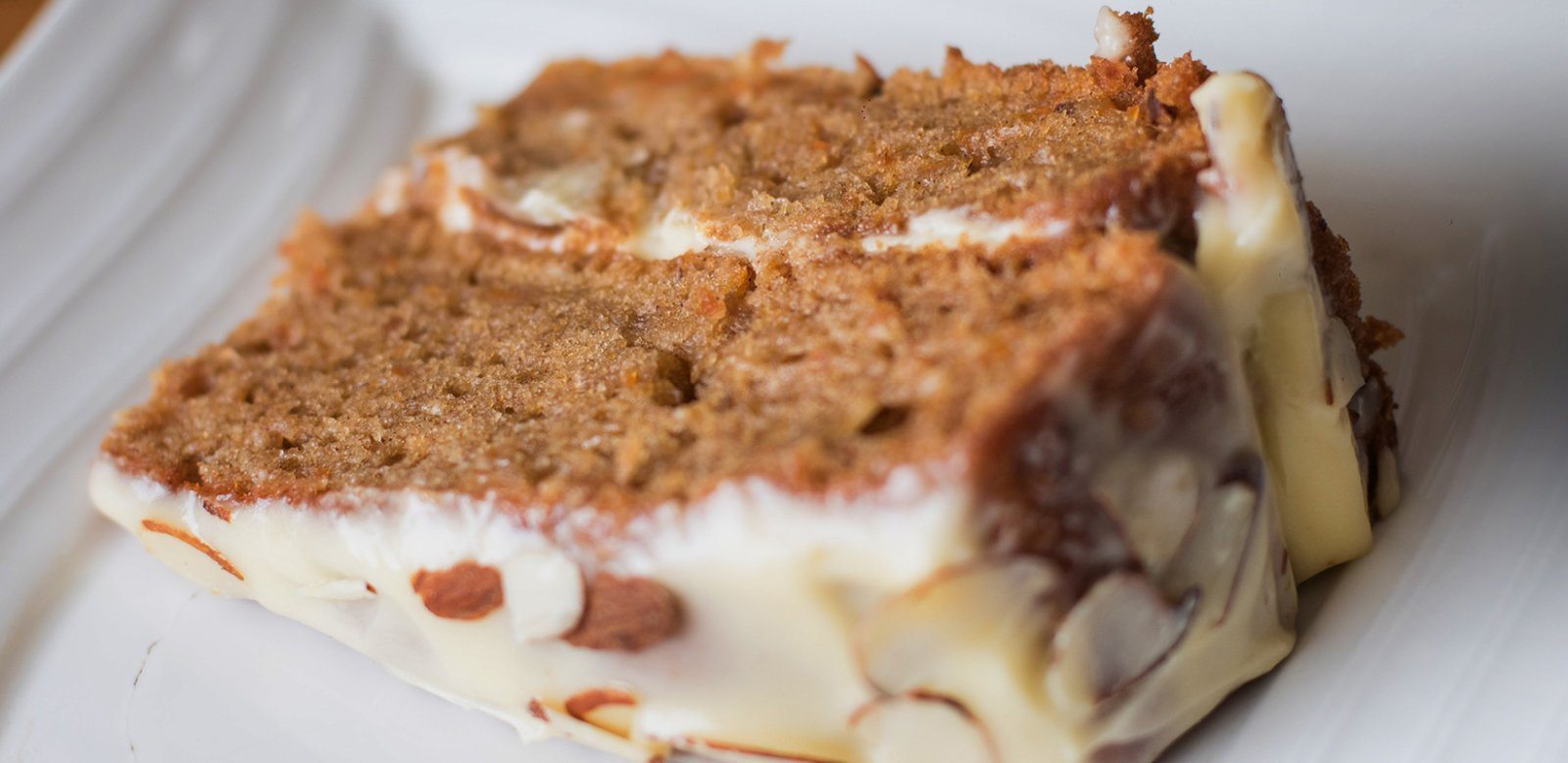
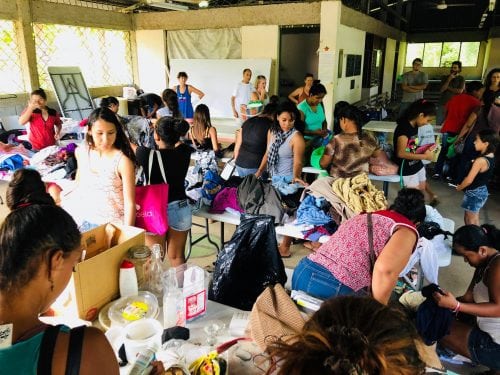
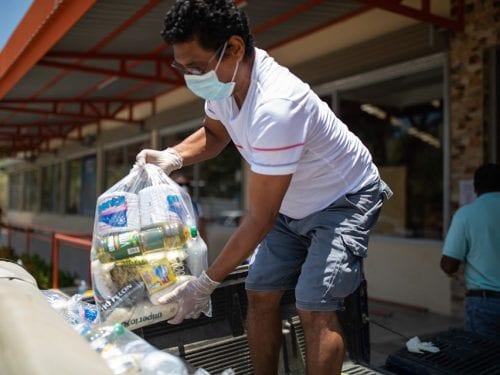


Comments